Is the Smart City Concept a Sustainable City of the Future?
Recently, many parties have combined the concept of Smart City Architecture to revolutionize the concept of life toward advancing civilization. This concept integrates technological advances by collecting data to optimize operations in a city and connecting different parts of the city that have a positive impact by using technology-driven city infrastructure that generates valuable data to improve city development.
In 2018, the United Nations Population Division (UNDP) noted that at least 55 percent of the world's population lived in urban areas, and it is expected to increase to 65 percent by 2050. This makes smart cities one of the solutions that help fix problems and how various city systems work individually and as a network. However, the concept of smart cities is still often debated because smart city design only considers certain communities rather than a complete approach. In addition, it does not speculate on how other than perceived users will respond to Smart City ideology and techniques. On the other hand, technological advances have made it possible to share details of a centralized city system to be an inclusive approach for all stakeholders (citizens, businesses, authorities, and organizations) and consider their valuable input in the active management of the city.
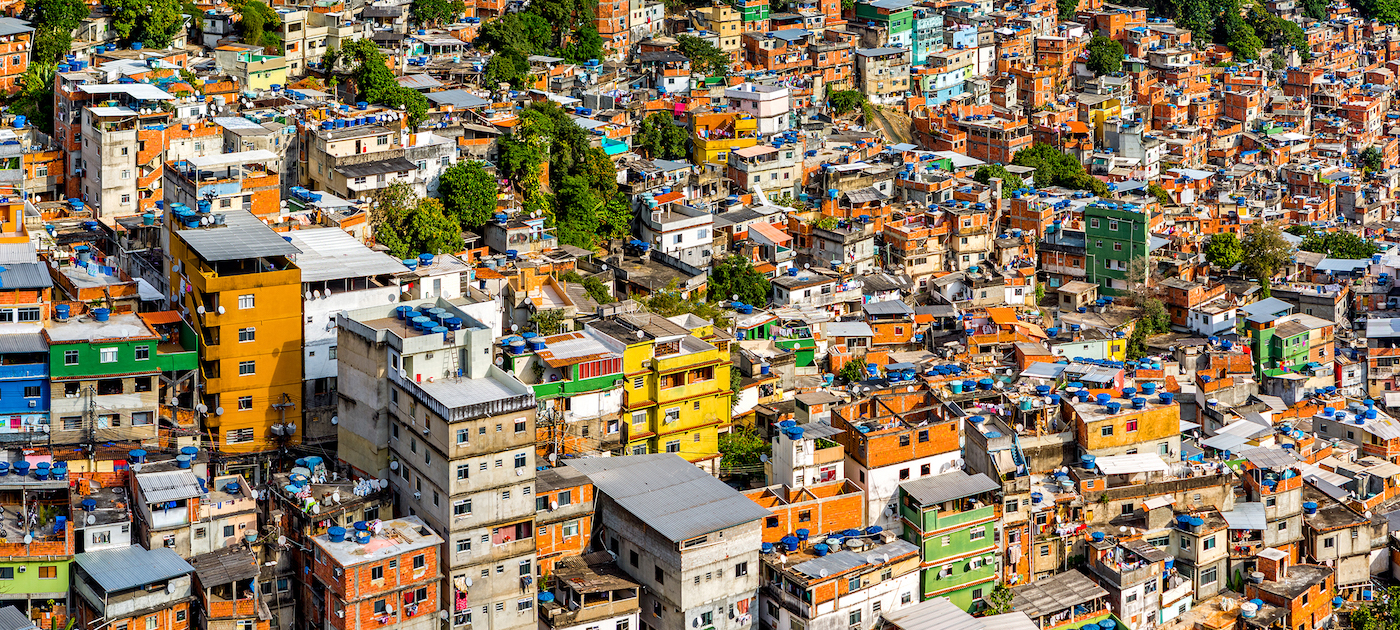 Portrait of a densely populated city, Source by UNEP
Portrait of a densely populated city, Source by UNEP
For now, the ever-evolving development of technology makes the concept of a smart city seem like a distant future, but people want instant access to everything and to make their lifestyle easier. As someone who is involved in the world of architecture, urbanism, and the environment must be ready to adopt this mindset as well and try to provide sustainable solutions that are accessible to everyone.
However, looking at past history or events that impact the present is also necessary. As with the data presented above, at least 55% of the world's population is in urban areas, and it will increase. This is inseparable from the concept of urbanization in the past, which was echoed and became mandatory in various countries. Unfortunately, the things promised in the concept of urbanization have failed and impacted until now. A big example is social inequality due to the lack of infrastructure, and the completeness of the city is the main thing that can be blamed. Indeed, only some cities succeed with this urbanization concept, but at least organizing the city in the future must be carefully prepared with technology, data, plans, and strong research.
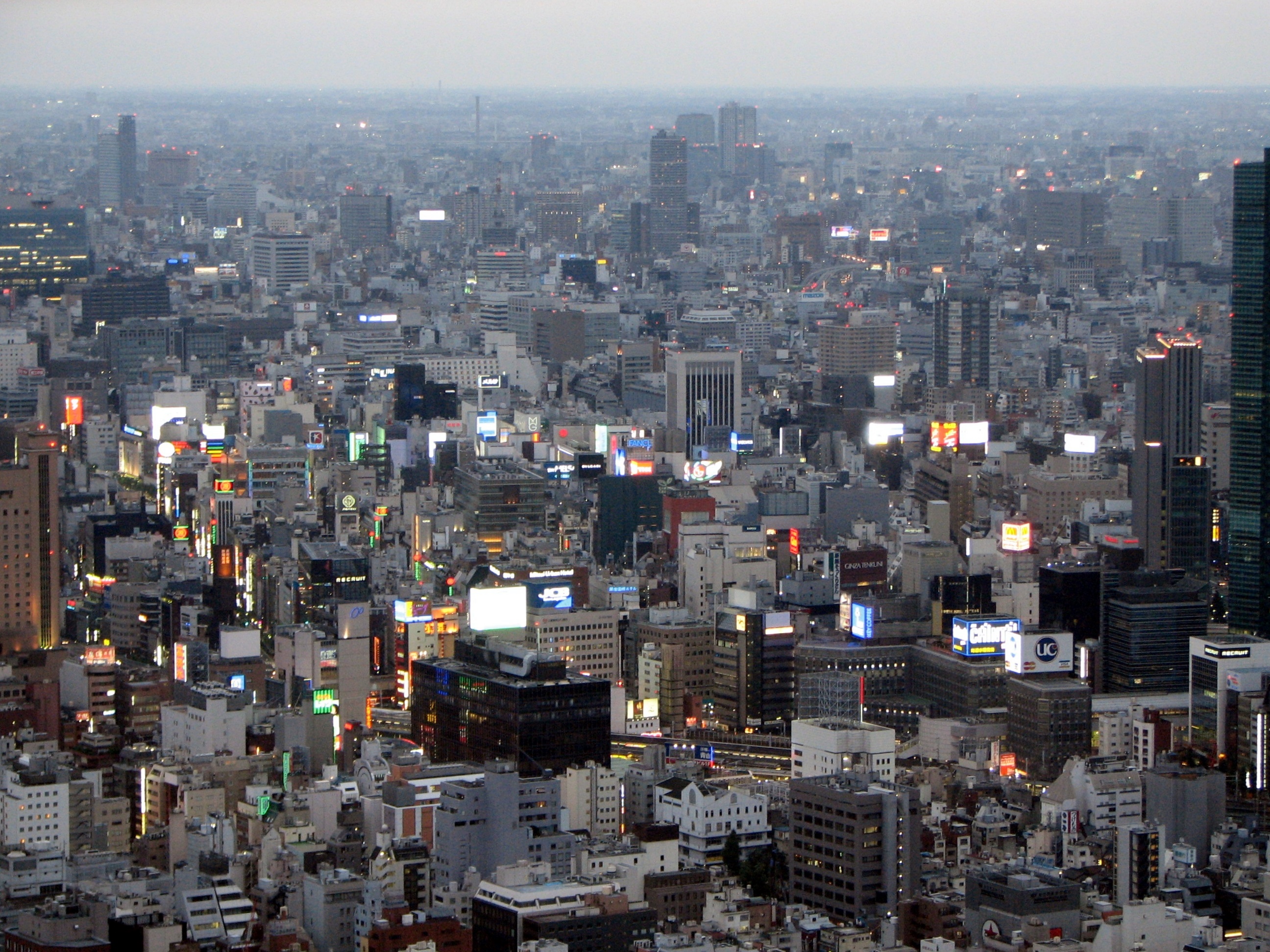 Urban City Portrait, Source by Wikipedia
Urban City Portrait, Source by Wikipedia
There is another thing to consider in this concept, Reinier de Graaf, one of the partners of the Office for Metropolitan Architecture (OMA), argues that smart cities are perfect subjects because they allow everyone to talk without knowledge, that this is a subject that no one has a clear idea of. This clearly refers to the impact that the concept of urbanization has had in the past. In his research, Reinier concluded that over the past few decades, spectacular urban growth in no way means greater and wider prosperity. On the contrary, these "megacities," with the common feature that their development is outpaced by their growth, are in a state of almost permanent crisis, whereas "urbanization" has shown the opposite.
In the absence of infrastructure and many of its residents find decent urban life beyond their reach. Urbanization impacts new concepts such as megacities, cosmopolitanism, and others. Megacity is a subject of universal appeal and is generally discussed about the opportunities it creates for a mobile, business-oriented group. With urban conditions that will become universal, we can all become "cosmopolitan". The more the world wants a shiny urban life, the greater the number of people who cannot achieve this kind of life. With the influx of new and poorer residents, cities use an increasingly complicated repertoire of denial in the face of mounting problems. These communities form their own classes according to their socioeconomic status, and being "global citizens" of another kind resulting in cosmopolitan is tantamount to being "cosmo proletariat".
 Urban City Portrait, Source by UChicago News
Urban City Portrait, Source by UChicago News
The new hope for smart cities to become the city of the future is very wide open. This is supported by technological development increasingly based on the "humanity" popularized today. Like Singaporean architect Jason Pomeroy, he views smart cities as a sustainability concept that can be developed "The idea is that if you embed technology at the beginning, combine opportunities for big data and big technology, and put tremendous amounts of investment into waste management systems and oversight, cities will become smarter, and people will love it. But that's not always the case," he explained.
In the concept he developed, Pomeroy has conducted research by producing that the most successful smart cities have recognized that this is not a top-down or bottom-up approach but rather a combination of both. For Pomeroy, the smart city is actually the wrong name. Like "green city", this is a very restrictive term. And we can see worldwide that we all have very different views on what makes a smart city.
For now, polemics about smart cities, urbanization, sustainable cities, and other city concepts are exciting conversations to discuss. With so many pros and cons making this very wild to conclude, this requires maturity of thinking and readiness from all parties to lead to a better city. Everything can be based on local wisdom and community turmoil in each city. City progress and sustainability to become a better city are all based on the city residents' needs, wisdom, and readiness.
 Smart City Concept Portrait, Source by Stefano Boeri Architetti
Smart City Concept Portrait, Source by Stefano Boeri Architetti






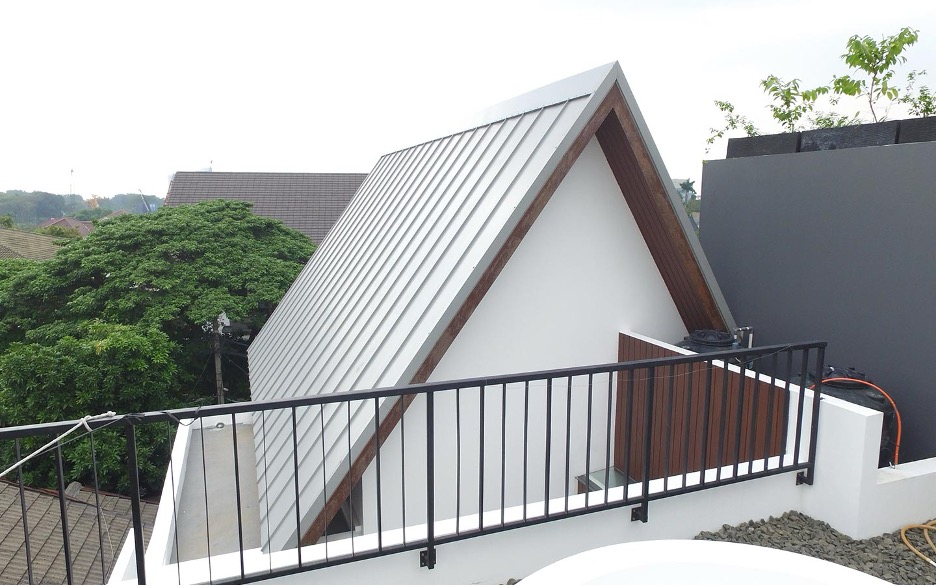
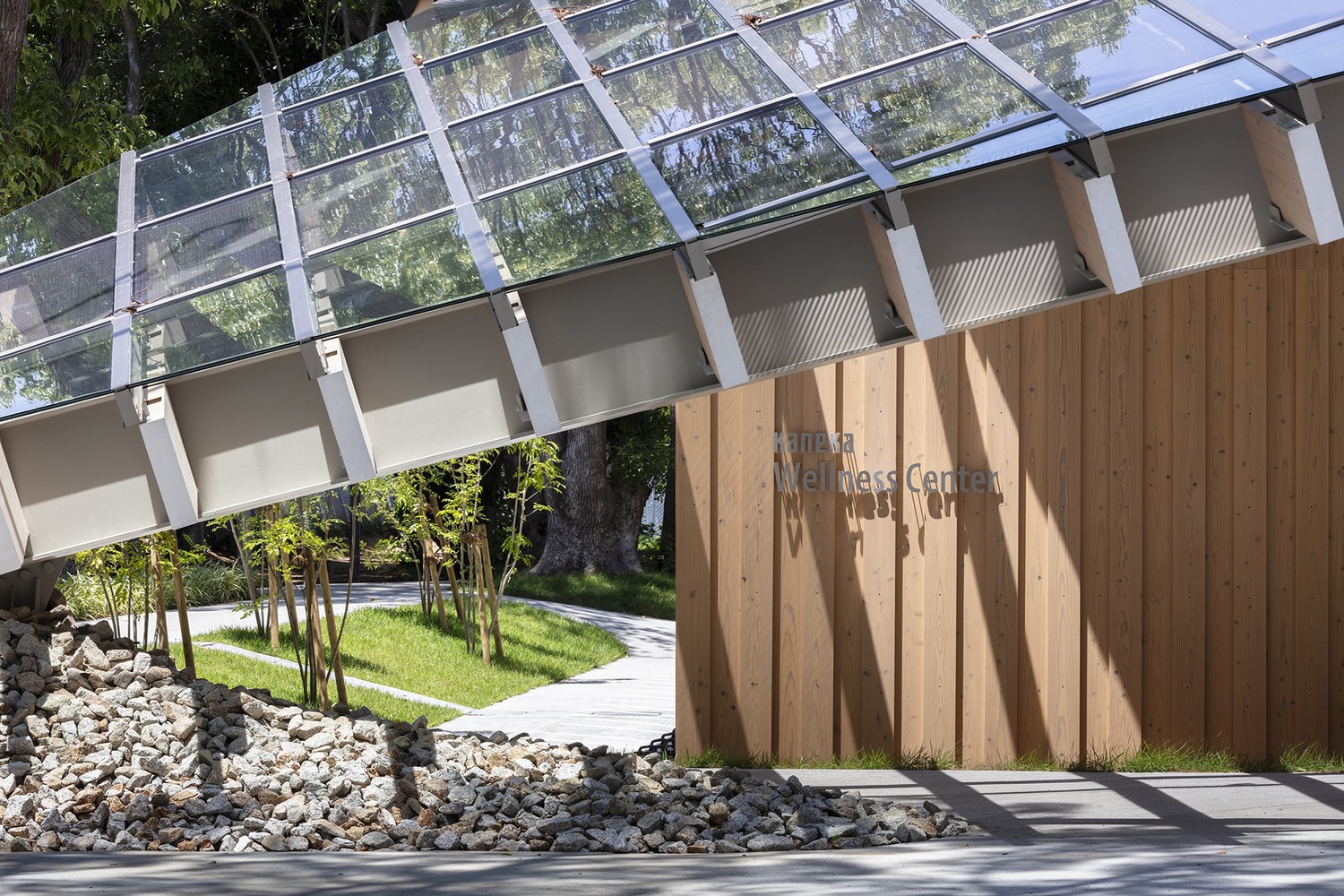



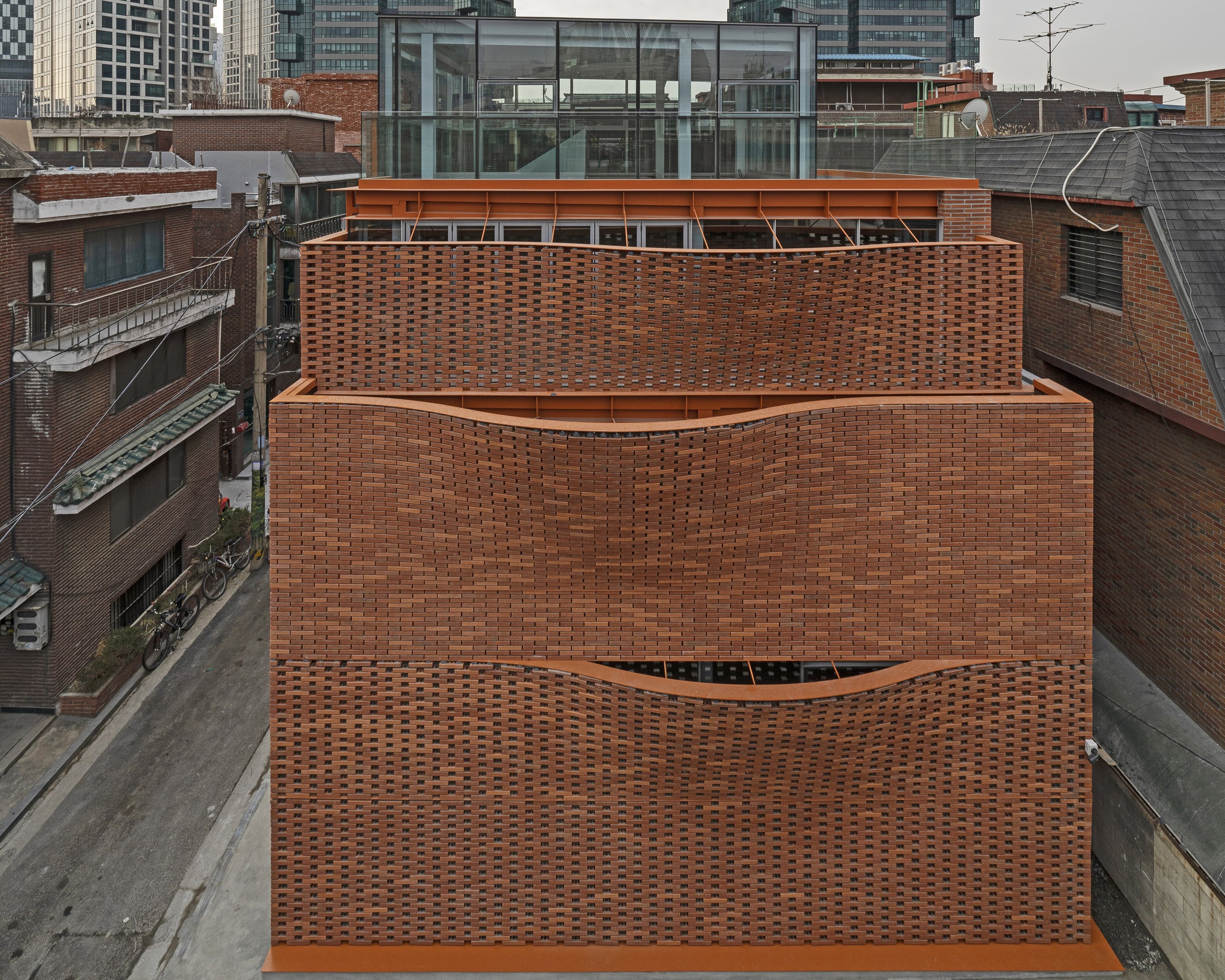
Authentication required
You must log in to post a comment.
Log in